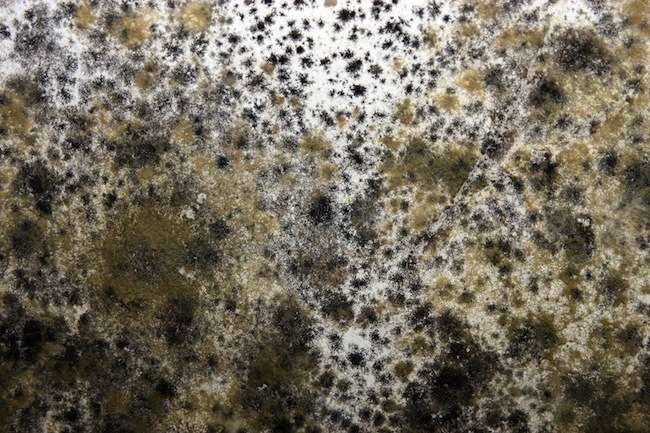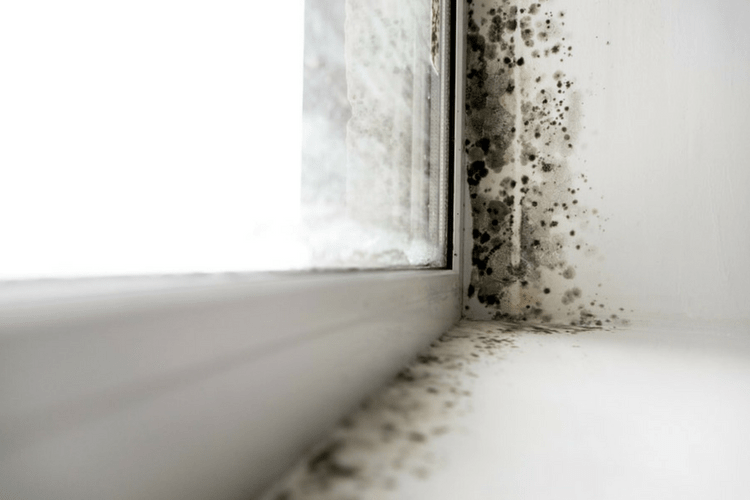Why is mold growing in my home?
Molds are part of the natural environment. Outdoors, mold growth should be avoided, molds play a part in nature by breaking down dead organic matter such as fallen leaves and dead trees, but indoors. Molds reproduce by means of tiny spores; the spores are invisible to the naked eye and float through outdoor and indoor air. Mold may begin growing indoors when mold spores land on surfaces that are wet. There are many types of mold, and none of them will grow without water or moisture.

Key points to keep in mind:
- The key to mold control is moisture control.
- If mold is a problem in your home, you should clean up the mold promptly and fix the water problem.
- It is important to dry water-damaged areas and items within 24-48 hours to prevent mold growth.
What Causes Mold Growth?
The one-word answer is water. There are actually five factors that are needed to support fungal growth, but water is the factor most easily controlled indoors and is the one factor every species of mold requires. The other factors are temperature, light, nutrients (food source), and PH (molds prefer a slightly acidic environment).
Water can also be the result of excessive humidity. In every home, we have spaces with poor ventilation such as a basement, attic, cabinets, and bathrooms. Using a dehumidifier is one of the most common ways to try and eliminate humidity, but it is not the only solution.
Some sources of moisture which can lead to mold growth leaks or broken pipes, or a water-saturated floor that not dried quickly due to poor ventilation of the area. These circumstances, if not fixed immediately, create the perfect environment for mold to grow.
Do not ignore the early signs of mold in your home. If you can smell mold in your home or you have had wet building materials for more than 72 hours, then it may be time to call the professionals at Mold Solutions. We test, treat, and remove mold using the best practices we have developed over the last 11 years. Not only that, we provide you with relevant information about what mold is, how it grows, and what you can do to prevent its spread.

Mold and Bacteria are Microorganisms
Mold shares its classification with yeasts and mushrooms. While bacteria is unicellular, or structurally a one-celled organism, mold is multicellular. However, mold and bacteria do have one thing in common: they thrive in a humid environment.
Even though mold can beneficial in laboratory settings, just like bacteria and viruses, mold considered a severe threat to human health.
Mold Reproduction
Mold spores can perform asexual reproduction by mitosis or meiosis. Mitosis and meiosis the two types of cell division that cause molds to grow and reproduce. Fungi are heterotrophic and saprophytic because they cannot produce their own food and must rely on an external food source that is high in cellulose.
During reproduction, cells called mold spores are distributed or scattered in the environment. Mold spores are too small to be detected by the naked eye. You will not notice their presence or be able to avoid exposing yourself to them at the early stage of their existence. Once spores enter the environment, they can end up everywhere inside your home.

